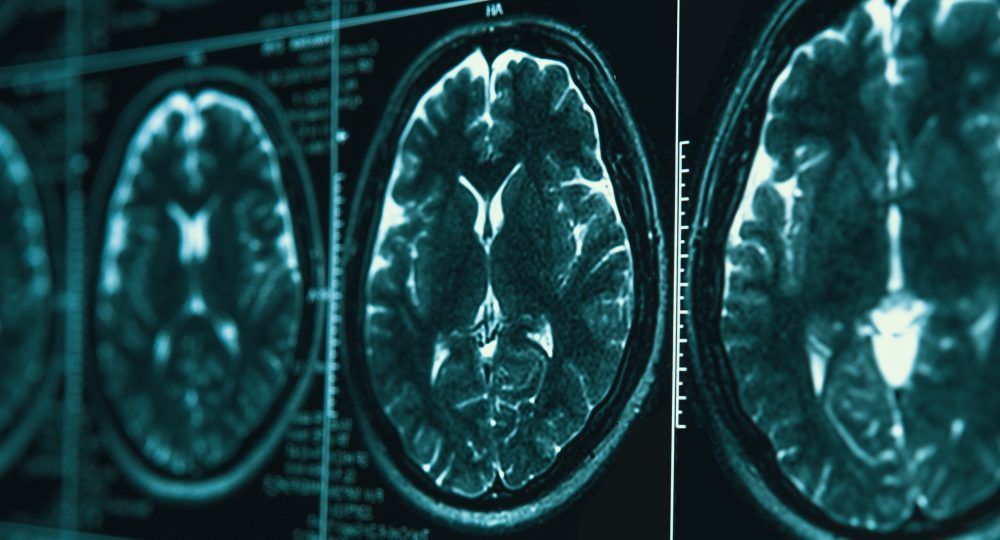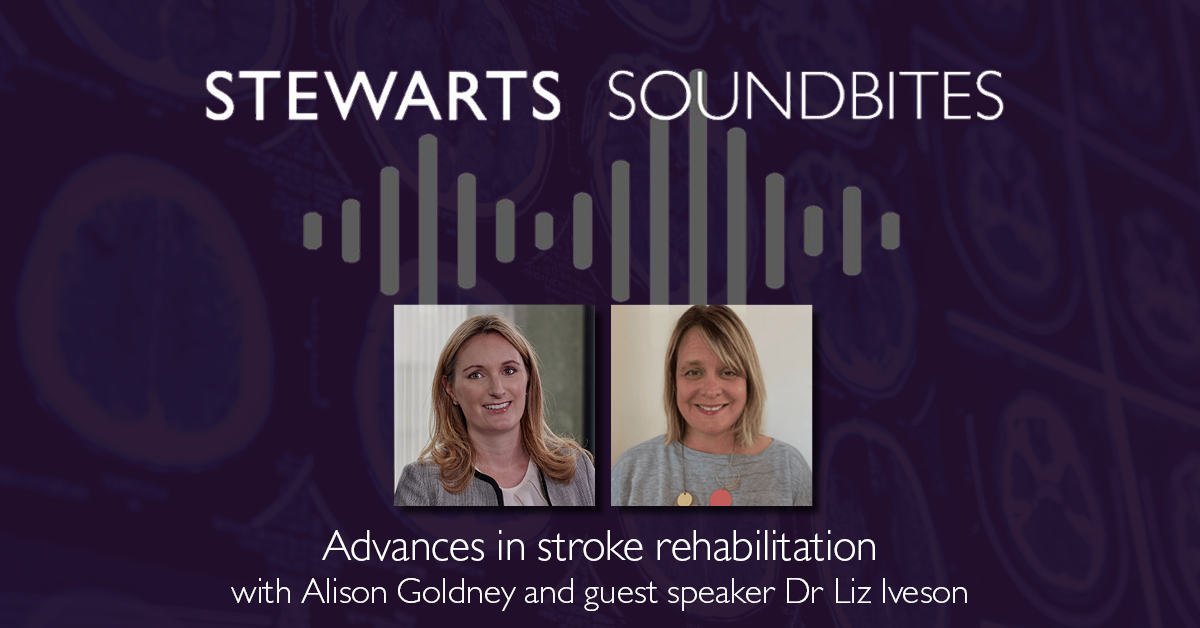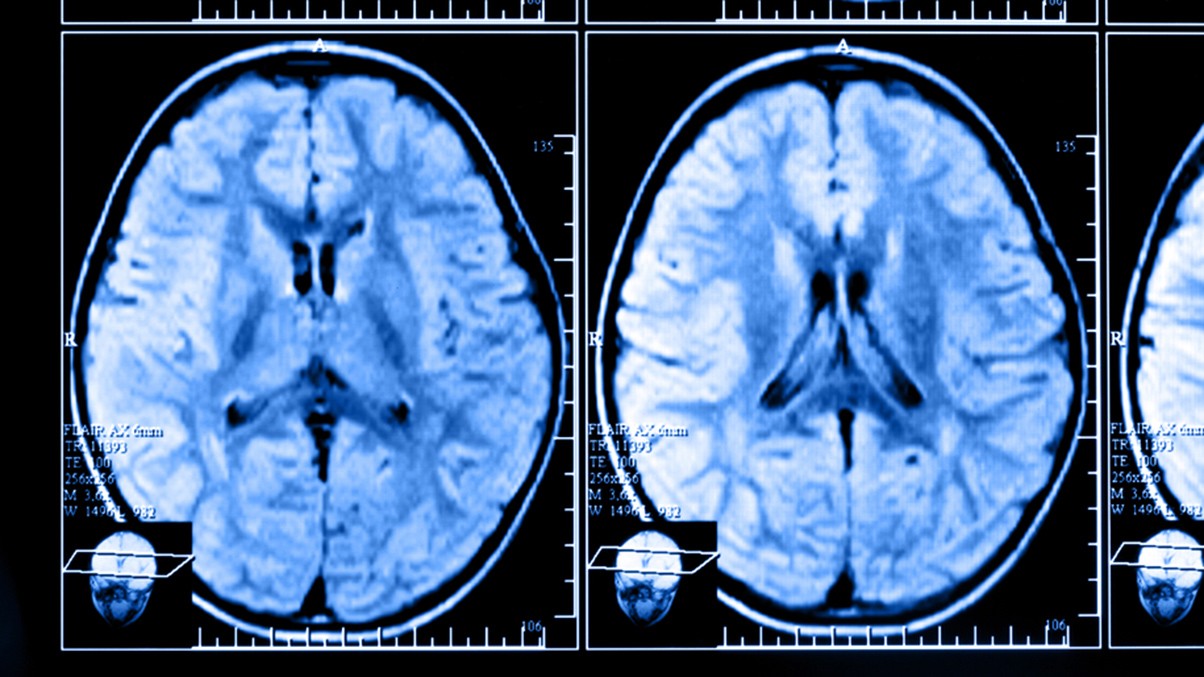Every three seconds, someone in the world has a stroke. The World Stroke Organisation (WSO) estimates that one in four people will have a stroke in their lifetime, but studies have shown that over 90% of strokes are avoidable. The WSO’s focus on this year’s World Stroke Day is therefore on increasing awareness of the manageable risk factors of stroke.
Clinical Negligence paralegal Georgia Allen explains why this awareness day is vital to the WSO’s campaigning.
What is a stroke?
Per the WSO’s definition, stroke happens either when an obstruction cuts off the blood supply to part of your brain, causing a blood clot (an ischemic stroke), or because a weakened blood vessel ruptures and bleeds into the brain, meaning that blood builds up and creates pressure on the surrounding brain tissue (a haemorrhagic stroke).
Temporary disruptions in the blood supply to an area of the brain can also cause a Transient Ischemic Attack, known as a TIA or ‘mini stroke’. Many people ignore TIAs because the symptoms disappear quickly, but they are a major warning of a possible full-blown stroke in future, and it is vital that anybody who experiences a TIA seeks medical attention.
To remember the main symptoms of stroke and the appropriate response you must act FAST:
- Face – is the face drooping to one side or is it numb? Ask the person to smile. Is the person’s smile uneven?
- Arm – is there a weakness or numbness in one arm? Ask the person to raise both arms. Does one arm drift downward?
- Speech – is speech slurred or garbled? Ask the person to repeat a simple sentence such as ‘the sky is blue’. Is the person unable to speak or hard to understand?
- Time – if the person shows any of these symptoms, even if the symptoms go away, call the emergency services and get them to hospital immediately.
Symptoms may be different for posterior circulations strokes, which occur when a blood vessel in the back part of the brain is blocked. Common signs for this kind of stroke include vertigo, double vision and nausea.
What is World Stroke Day?
World Stroke Day takes place on 29 October every year, and was established by the WSO in 2006. It provides a global platform to increase awareness of the serious threat of stroke and raise greater public awareness of the key signs and risk factors. World Stroke Day is also an opportunity to advocate for action by decision makers around the world to maximise stroke prevention, improve access to acute treatment and enhance support for survivors and caregivers.
Each World Stroke Day includes a new theme. The WSO’s #GreaterThan campaign has been focused since 2023 on stroke prevention and in 2024 the spotlight is on sport.
By leveraging the ‘emotional power of sport’, the campaign for World Stroke Day 2024 aims to raise public awareness of the role of physical activity in stroke prevention and recovery. This includes the launch of the #GreaterThan Global Challenge, a call to action to commit to physical activity every day in October.
How can physical activity aid stroke prevention?
Stroke has already reached epidemic proportions. It is now the second-leading cause of death globally and this year alone over 12 million people will have a stroke for the first time. 6.6 million people will die as a result of stroke, and there will be a rise in the number of people (already 100 million) currently living with the aftermath of stroke.
Over 90% of strokes are avoidable, and can be prevented by addressing a small number of key risk factors. The WSO highlights nine:
- high blood pressure
- atrial fibrillation (irregular heartbeat)
- smoking
- depression and stress
- diet
- high cholesterol
- diabetes
- alcohol, and
- exercise.
The WSO have chosen to focus on sport this World Stroke Day as one million strokes every year are linked to physical inactivity. Just 30 minutes of exercise five times a week can reduce your risk of stroke by 25%. This includes small everyday activities like walking, taking the stairs or doing work around the house or in the garden.
By getting regular exercise you also take action to reduce several other key risk factors including high blood pressure, diabetes, high cholesterol, depression, and stress. Physical activity is also beneficial to stroke survivors, reducing both the risk of further strokes and of developing dementia as well as improving rate of recovery and general wellbeing.
Stroke and medical negligence
Senior associate Nadia-Krueger Young says: “Stroke is a leading cause of death and disability. Many strokes can be attributable to lifestyle factors; some may occur where there is no identifiable cause; and some maybe avoidable with appropriate medical treatment.
At Stewarts, we have specialist lawyers who help patients who have had strokes because of missed or delayed diagnosis. We see failures to recognise transient ischemic attacks by clinicians who are reassured by normal neurological examinations, even though neurological symptoms in these circumstances are by their very nature transient.
In some instances, we see patients who have had posterior circulation strokes, where clinicians or paramedics have been reassured by a FAST negative examination. In other cases we still see missed opportunities for thrombolysis and also failures to recognise the symptoms of arterial dissections, particularly in those young and fit individuals who may not ordinarily fit the usual type of person considered more likely to have a stroke.
Stroke is indiscriminate. We can all work together to raise awareness of the different types of strokes, the range of symptoms which could indicate stroke and remind people of the need to act quickly, to ensure access to the best medical treatment and reduce lifelong disability.”
To find out more about World Stroke Day, and how you can get involved, please visit the WSO’s website.
You can find further information regarding our expertise, experience and team on our Clinical Negligence pages.
If you require assistance from our team, please contact us.
Subscribe – In order to receive our news straight to your inbox, subscribe here. Our newsletters are sent no more than once a month.






